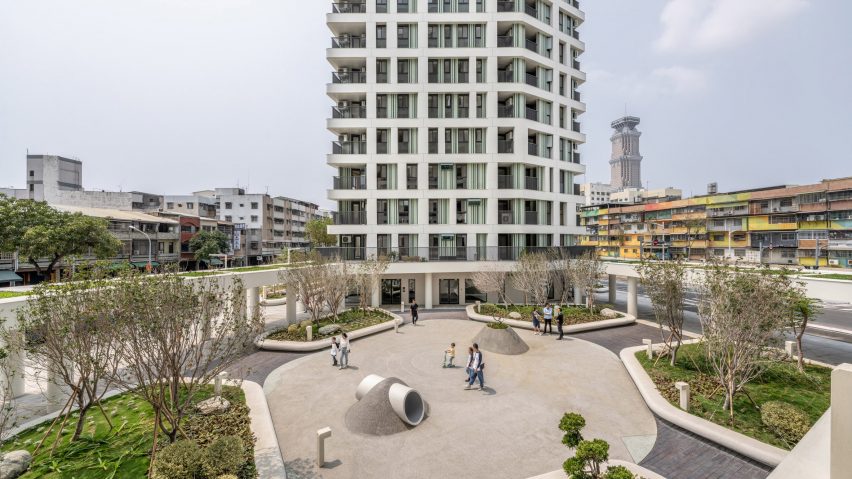
The "miracle" of Taiwan's luxury social housing
From a standing start, Taiwan has embarked on one of the world's most ambitious social-housing programmes. Dezeen finds out more as part of our Social Housing Revival series.
Having only become government policy in 2016, Taiwan expects to have amassed a social-housing stock of 200,000 units by the end of 2024 – and has already set an ambition to hit one million units by 2032.
"I always say it's a miracle," said Yi-Ling Chen, an associate professor at the University of Wyoming's School of Politics, Public Affairs & International Studies who researches Taiwanese housing policy.
"Every time I go back to Taiwan, there's always a new housing project completing," she continued. "You talk about this and you always felt it was impossible – and now you see it's real."
Focus on home ownership
With average house prices 22 times greater than annual incomes, Taiwan has some of the world's least affordable housing.
Since becoming a democracy in the late 1980s, the south-east Asian island has pursued a low-tax economy, with little in the way of a welfare state.
For two decades, housing policy here was almost exclusively focused on home ownership.
"Prior to 2010, Taiwan's housing policies primarily focused on providing loans to encourage home ownership, neglecting the importance of the rental market and lacking the construction of social housing," said Yang-Kae Peng, an architect and secretary general of Taiwan's Social Housing Advocacy Consortium.
A pre-2000 programme saw the government build some 165,000 homes – around two per cent of Taiwan's total housing stock – but these were all for sale.
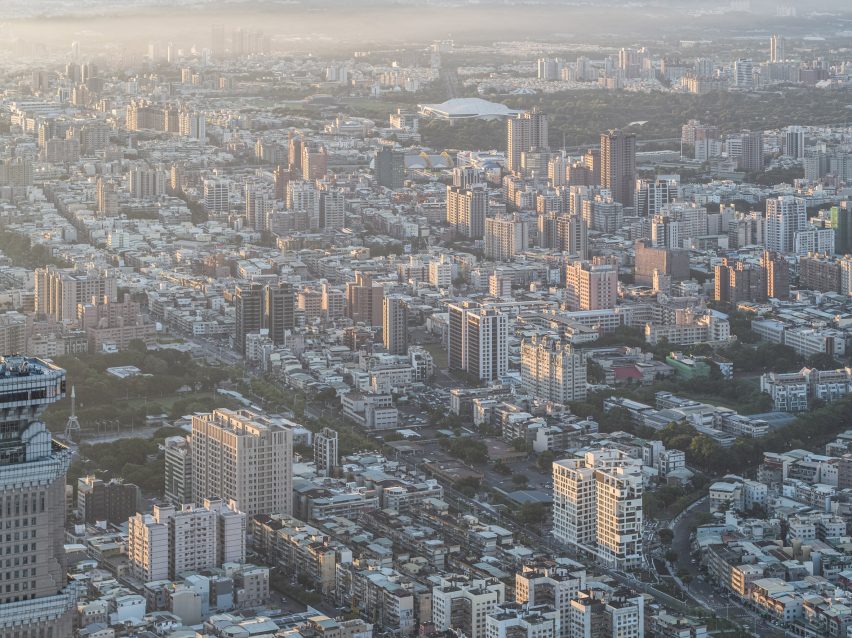
Meanwhile, a US-style housing voucher system intended to help the poorest households rent privately is beset by discrimination from loosely regulated landlords.
Fed up of being ignored by politicians, in 2010 organisations representing Taiwan's disadvantaged groups formed the Social Housing Advocacy Consortium to campaign for change.
"They became the major ones calling for social housing," said Chen. "And it was popular also with middle-class people because housing is so expensive."
Publicly owned, low-cost rented homes were an entirely new concept in Taiwan but the movement quickly gained traction, and within two years social housing had become a major issue in mayoral and presidential elections.
Dutch influence
Looking for inspiration as to how to shape its social-housing programme, Taiwan turned to the Netherlands, where nearly a third of the population lives in social housing.
Policy advisors began a lengthy dialogue with organisations such as the Amsterdam Federation of Social Housing Associations.
"Most academics in Taiwan studied in the United States, so when social housing was proposed in the beginning a lot were against this idea – they said public housing is a very bad project," explained Chen.
"The Netherlands people totally changed the argument. They said it's for everyone and very high quality."
Regional rivalry with South Korea, which embarked on a social-housing programme to address affordability issues in Seoul in 2012, was another source of motivation, she added.
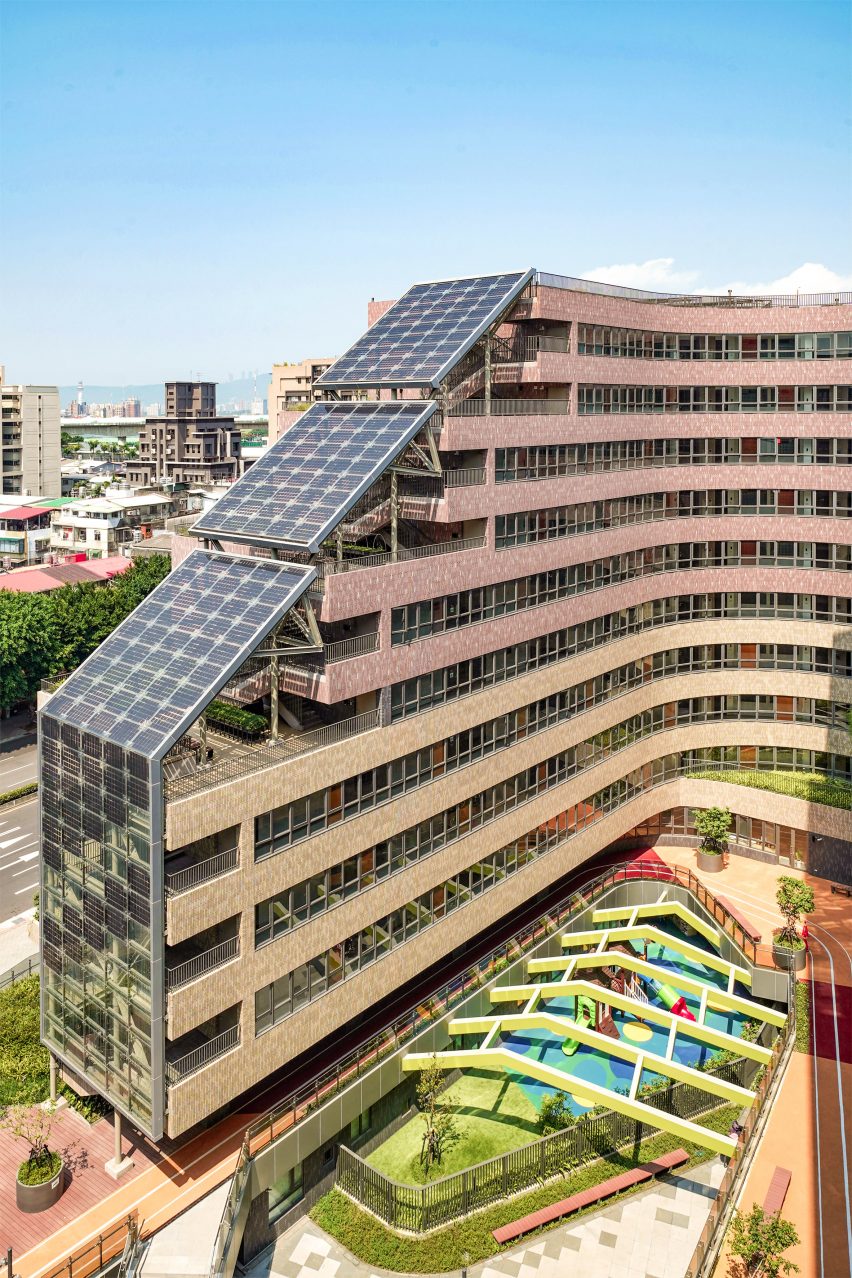
Taiwan decided to prioritise mixing communities within social housing from the beginning. As a result, two groups are eligible to apply: those in low-income brackets, and young people whose family do not already own a home.
Young people pay a higher rent and can only stay for six years, while low-income tenants can stay for 12 – though Chen expects these terms may be extended in future.
Homes are allocated through a lottery system – and demand is so high that only seven per cent of people who apply are successful, according to Chen.
In line with need, the capital, Taipei, has the highest concentration of social housing constructed so far, followed by Taiwan's other major cities. Development is mostly funded by city governments, with additional support from central government.
A difficult beginning
Despite strong public support for social housing in principle, the first projects announced were met with protest from neighbouring communities.
"This was a difficult beginning," said Chen. "People had an image about public housing coming from America. So that's why the government decided they wanted to make social housing, especially the first group, the best."
Contracting private architecture studios, city governments focused on maximising quality. Some projects, said Chen, even feature luxuries like automatic toilets imported from Japan.
Virtually all housing in Taiwan is apartments. While social homes tend to be smaller than in private blocks, they are accompanied by much more generous community facilities and public spaces than even the upmarket developments for ownership.
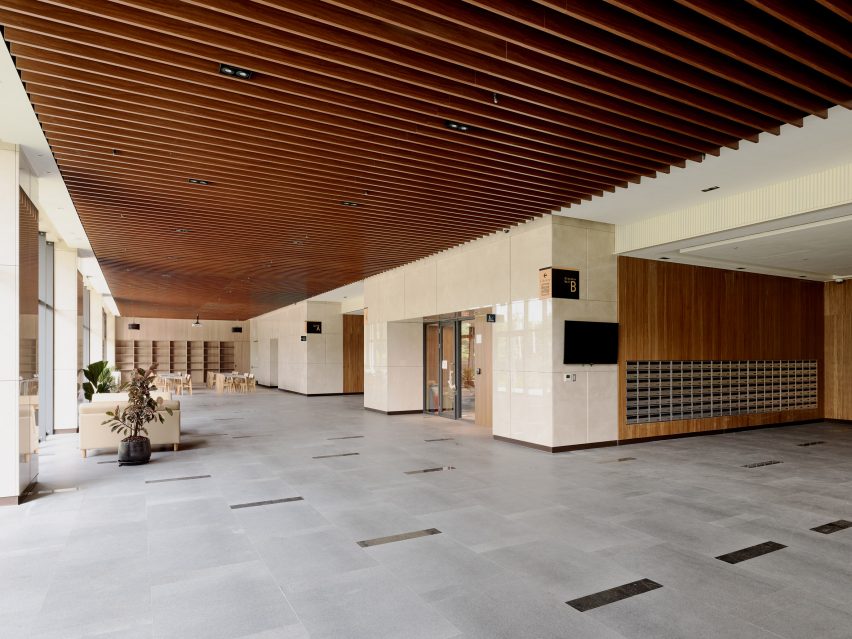
Bio-architecture Formosana (BaF) has delivered seven social-housing projects so far, with another currently under construction.
"When handling social-housing projects, we approach them differently compared to other residential projects we've worked on," BaF resources executive Tu Yu told Dezeen.
"Social housing requires a greater emphasis on planning open spaces," she added. "Design must consider the connectivity of surrounding communities and the shared usage needs of residents, including landscape greenery and playground facilities."
Another key difference is that a proportion of homes must be accessible, unlike in the private sector.
"I think the quality of the social housing is quite amazing, especially the first few ones that have been built," said Chen.
"Usually in the private, luxury housing you won't see that much communal space available, but in general all the social housing has a lot of meeting space, playgrounds, much bigger open and green space – a lot of consideration is [given] to trying to intensify the interactions of the people within the housing."
As well as BaF, fellow Taipei-based architecture studios JH Day Building Workshop, Grace & Partners and JA Chen Architects & Associates have been particularly active, while Dutch firm Mecanoo is among the foreign practices to design high-profile projects.
"A lot of architects were super excited about the possibility for them to participate," claimed Chen. "They really think this is a once-in-a-lifetime where they can present their ideas about how housing can be."
Other measures needed
Taiwan's housing crisis is far from over, however. Despite government confidence about meeting its 2024 target, as of February only 23,000 social-housing units had been completed.
And while local opposition may no longer be a major issue, there are now questions over how Taiwan can continue to fund its ambitious social-housing programme in the long term.
"Financing social housing requires substantial and prolonged subsidies," Peng told Dezeen. "Taiwan, devoid of a welfare state tradition and being a low-tax nation, faces mounting difficulties in sustaining financial support with increasing unit numbers."
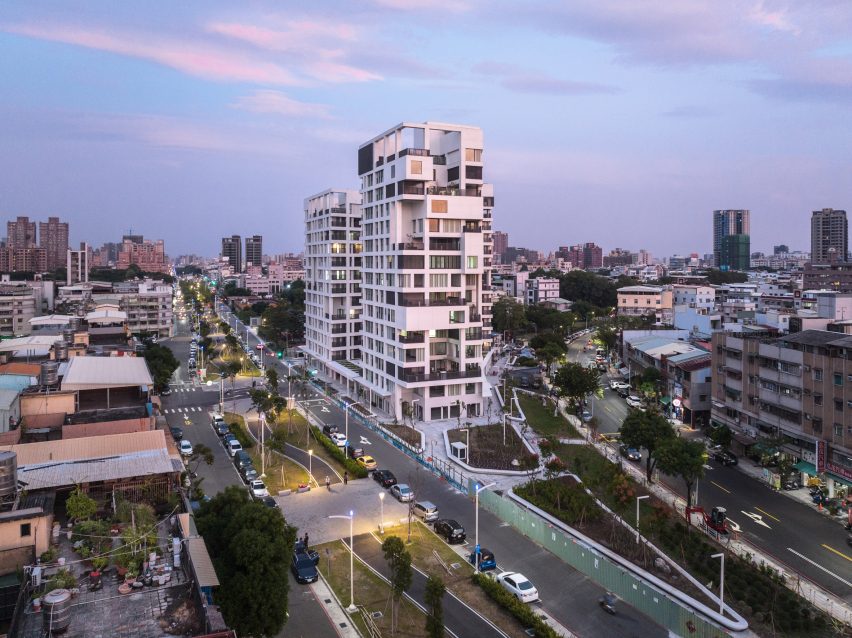
New delivery mechanisms may be required in future, Peng believes, especially as supplies of publicly owned land start to dwindle.
Meanwhile, he argued that other important measures necessary to make Taiwan's housing more affordable for all – such as reform of property taxes and the private rental market – are at risk of being overlooked amid political boasting about social-housing successes.
"To address these issues, social housing is necessary but not the sole solution," said Peng.
"However, due to opposition from vested interests, social housing has become the government's priority choice among these solutions, aiming to demonstrate achievements and garner support from discontented voters facing high housing prices."
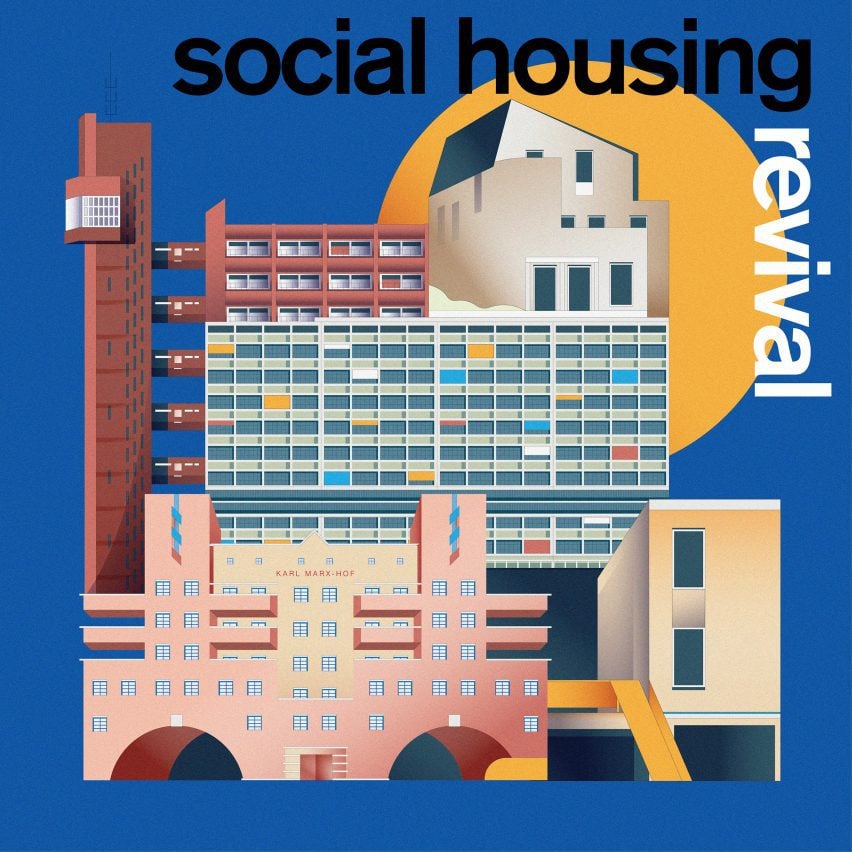
Social Housing Revival
This article is part of Dezeen's Social Housing Revival series exploring the new wave of quality social housing being built around the world, and asking whether a return to social house-building at scale can help solve affordability issues and homelessness in our major cities.